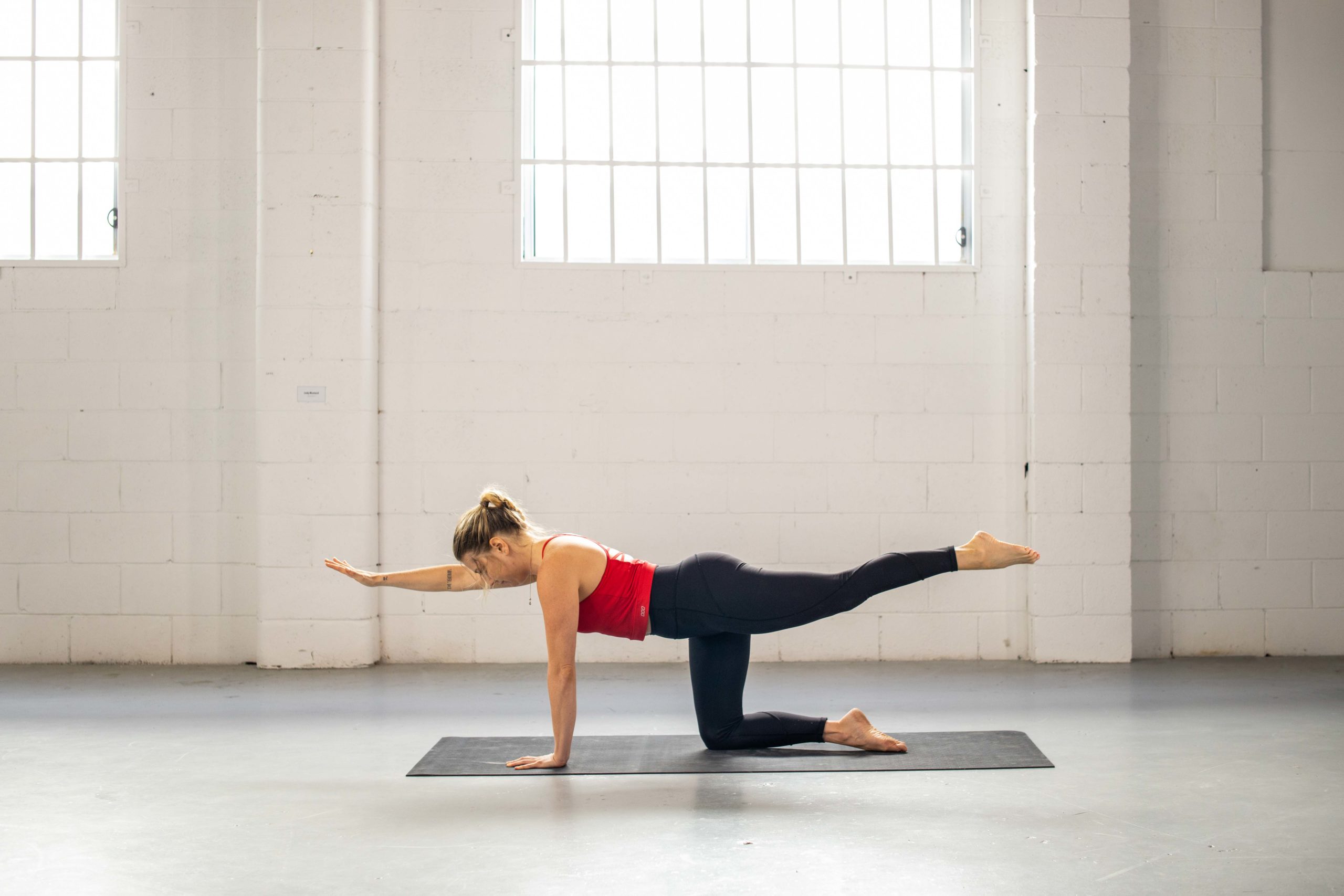Before getting into the vast benefits of pilates on your pelvic floor muscles, let’s dive into exactly what the pelvic floor is and why strengthening it is so important. The pelvic floor muscles sit at the bottom of the pelvis supporting your pelvic organs. These muscles include the bladder, bowel and uterus; allowing you to manage the release of urine and faeces, and control passing wind. When you are able to stop the flow of this, your pelvic floor is doing its magic!
Without strengthening this core muscle and connective tissues, you may increase the chances of running into problems with controlling your bladder and bowel, such as urinary incontinence. The pelvic floor muscles are also important for sexual functions in both men and women, contributing to better sexual sensation. Regularly completing pilates exercises can be a great way to relax muscles and work the muscles which in turn can improve your activity during sex.
It is common that women’s pelvic floor muscles weaken from childbirth. Postpartum we’d always recommend to book in with a women’s physio for an internal pelvic floor exam to find out what exactly is going on, plus, when and how to look after your pelvic floor.
How Can Pilates Help Pelvic Floor Muscles
Pilates exercises have a huge impact on your pelvic and core strength, making them the perfect process to improve a weak pelvic floor or equally maintain healthy muscles. This can be seen through the 6 principles of pilates; concentration, control, center, flow, precision and breathing.
Check these out below and find out how these contribute to your pelvic power!

The 6 Principles Of Pilates Which Impact Your Pelvic Floor
Concentration
One of the key principles of pilates includes concentration. If you have taken a pilates class, you will have experienced the focus needed on multiple parts of your body whilst taking on the exercises.
In relation to how you strengthen the pelvic floor, many exercises performed involve paying attention to certain muscles whilst keeping others still. One example includes the scissors exercise, which pushes movement in the legs whilst ensuring your pelvic and abdominal muscles remain controlled and neutral with your core.
Control
Next we have control. Your pilates instructor may have emphasised the importance of this not only on the body, but also the mind. Performing the exact movements used during exercises involves a high level of control to reach correlation throughout the body.
If you are already experiencing weakening of the pelvic floor, creating this control over your body can also begin to influence day to day activities. This is key to improving your body’s overall movement and enhancing strength across your pelvic muscles.
Center
This is described as bringing the focus to the middle of the body, known as the powerhouse. Directly speaking, the focal point of your center includes the core and pelvic floor muscles. Pilates exercises switch on these muscles and allow you to contract areas, building up strength and a solid foundation for your body to perform movements.
Flow
The term flow expresses the importance of performing smooth movements, where your body is working with ease and a natural connection with the rest of the body. With this ability to move fluently, your body will begin to improve in everyday life and movements will start to feel more energetic and stable.
Precision
Pilates involves performing various movements with precise angles and motions. Having this precision during each exercise can teach your body how to move in an optimum way in natural settings. This can help you cut out bad habits which may be impacting your pelvic floor muscle movements and your ability to strengthen this area.
Breath
Coordinating your breathing within each movement performed is an essential aspect to pilates. During exercises, you will often be asked to inhale and exhale at specific times; this allows your diaphragm to contract and push down and switch on your powerhouse. This then forces your pelvic floor muscles to control a release for organ space.
‘Breathing is the first act of life and the last. Our very life depends on it.’
Pilates Pelvic Floor Muscle Exercises
Really all pilates exercises help strengthen your pelvic floor as you are encouraged to keep them engaged during movement. However, here are a few to keep an ear out for during class!
- Shoulder bridge / booty lifts
- Clam or we call them oysters
- Toe taps (you can try these in the class below!)
Power Your Body With Pilates
As you can see, there is a whole world of benefits for your pelvic floor muscles with pilates! Remember to start at your own pace, all of our bodies are different and we may get into the flow of movements at various speeds. If your purpose is only on your pelvic floor and you are not seeing improvements, you may need to speak with a health physiotherapist or doctor to find the direct cause of the weakening.
Otherwise, if you’re feeling inspired to begin, then head over here where you can sign up to a FREE Pilates class!
Always merrymaking,
Emma + Carla

